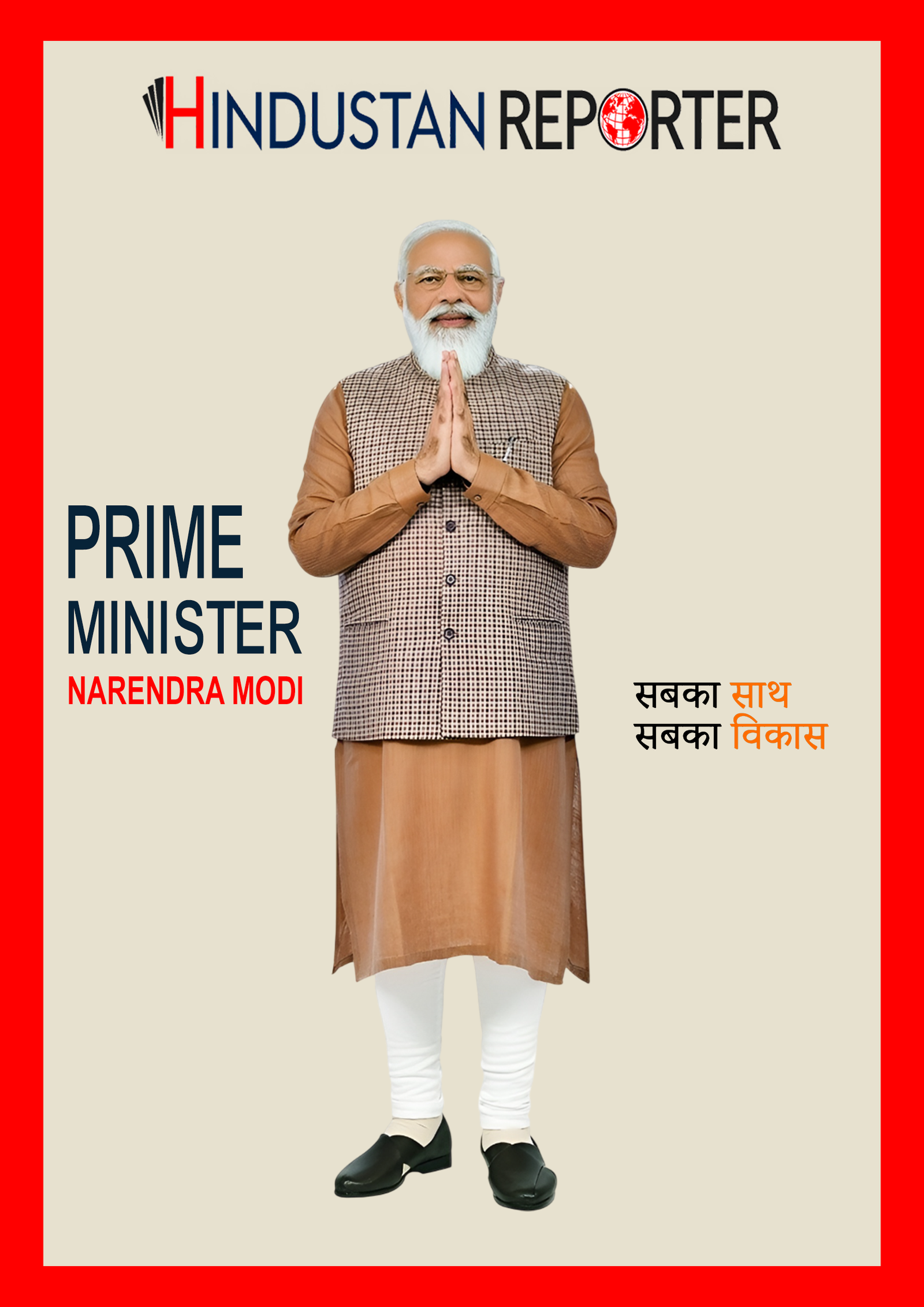Children’s tuberculosis (TB) is a serious public health concern, especially in India. Fatigue, weight loss, a prolonged fever, a persistent cough, and failure to flourish are typical symptoms. In an interview with Jagran English, Dr. Ravi Shekhar Jha talks about early preventative strategies and how to identify tuberculosis in youngsters.
Children’s TB is still a major public health concern, particularly in high-burden nations like India. In contrast to adults, children with tuberculosis frequently have vague symptoms, which makes early detection challenging. Frequent symptoms include weariness, failure to thrive, unexplained weight loss, a prolonged fever, and a persistent cough that lasts longer than two weeks.
TB can sometimes show up as TB meningitis, which can cause neurological symptoms such headaches, vomiting, or altered awareness, or as swelling of the lymph nodes, especially in the neck (cervical lymphadenitis). Dr. Ravi Shekhar Jha, Director & Head of Pulmonology at Fortis Escorts Hospital in Faridabad, talked with Jagran English on how to identify tuberculosis in children and offered advice on how to prevent it in the first place.
How To Diagnose TB At An Early Stage?
In order to avoid complications, early diagnosis is vital. Due to low sputum output, microbiological confirmation by sputum tests is frequently challenging in youngsters. As a result, physicians use a mix of modern diagnostic technologies such as GeneXpert MTB/RIF, which can quickly identify TB bacteria and rifampicin resistance, chest X-rays, and tuberculin skin tests (Mantoux).
How To Prevent TB?
Given that children are usually infected through close contact, prevention measures include the early detection of adult TB cases within homes. To lower the risk of developing active TB, children under five who have been exposed to a patient with TB should be given isoniazid preventative therapy (IPT) as soon as they are detected. Because the BCG vaccine protects against severe forms of pediatric TB, including TB meningitis and military TB, it is also essential to ensure that neonates receive it at birth.
Last but not least, Dr. Ravi Shekhar Jha underlined that TB in the pediatric population can only be controlled by enhancing nutrition, treating comorbidities such as HIV, and educating parents and caregivers about early symptoms and the need of getting medical help.

